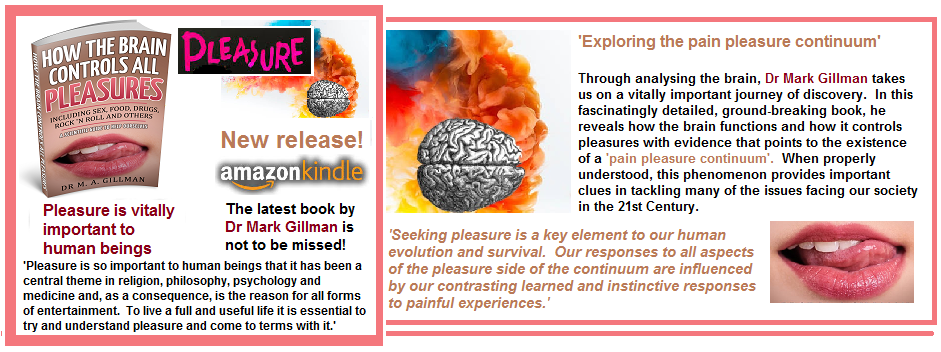Pain Control
In 1980, SABRI scientists found evidence for a hyperalgesic opioid system. The hyperalgesic system opposes the actions of the pain-relieving opioid system that plays such an important role in controlling severe pain, such as that suffered by terminally ill cancer patients.
The identification of a hyperalgesic opioid system could lead to a revolution in the pharmacological treatment of pain.
At the moment severe pain control usually requires opioid drugs (e.g. morphine) that stimulated the pain-relieving opioid analgesic system. It may soon be possible to attack the very origin of pain by designing drugs that specifically reduce the activity of the hyperalgesic system. These agents hold the promise of being greatly superior to conventional opioids by eliminating the life-threatening respiratory depression, addiction and other problems often associated with drugs such as morphine.
The discovery of the hyperalgesic opioid system has been confirmed by the work of leading pain researchers in Europe and North America (for references see Gillman & Lichtigfeld, 1994). In February 2002, University of Toronto workers published the discovery of a substance called downstream regulatory element antagonistic modulator` (DREAM) which blocks the antagonistic opioid system, emphasising the importance of SABRI’s earlier breakthrough. There is also, now, considerable evidence that the anti-opioid system is probably also involved in the final common pathway of all substance abuse (cannabis, opioids, cocaine etc.).
Click here to get your copy of the latest book by Dr Mark Gillman!
https://www.amazon.com/dp/B07B21J7JW

